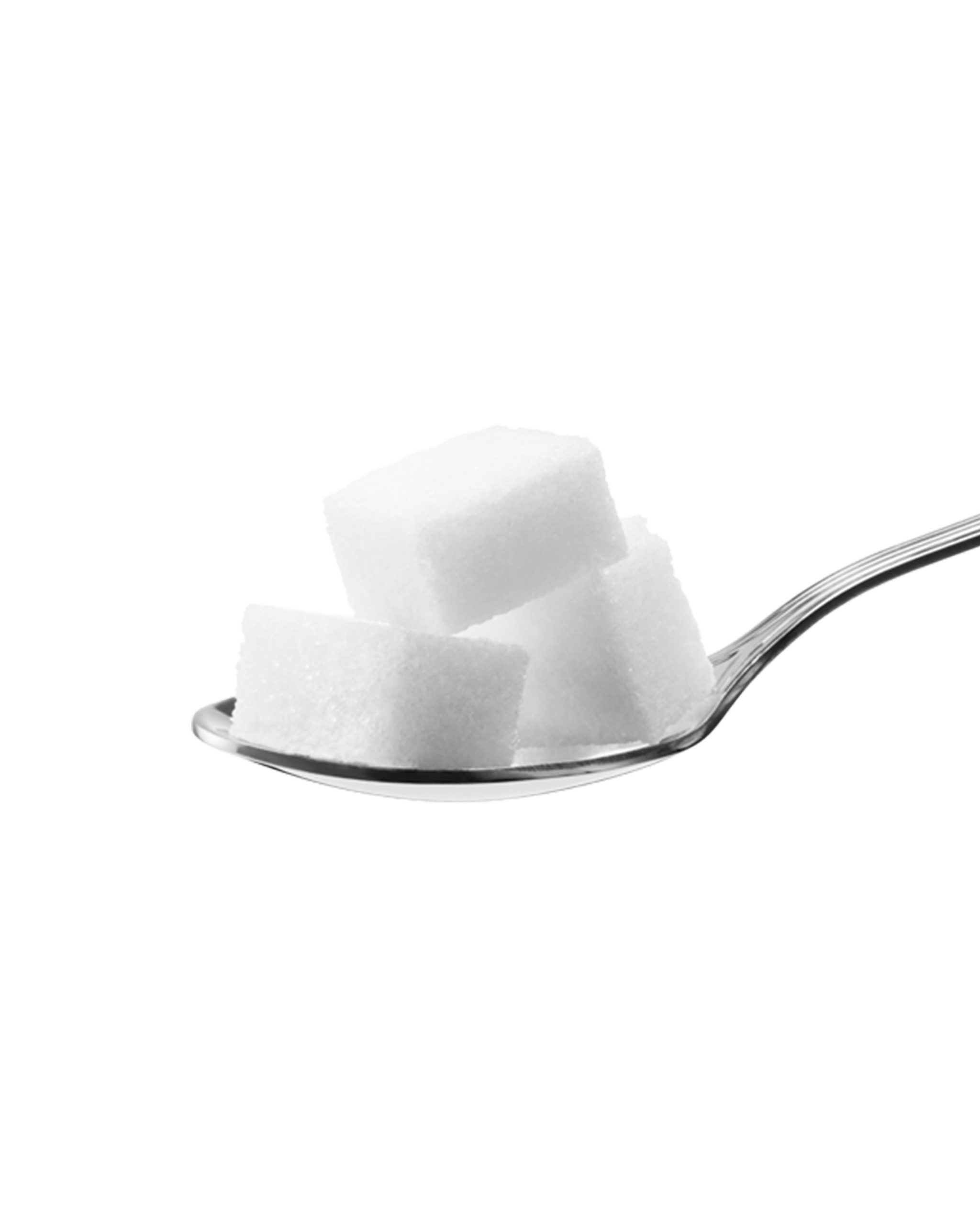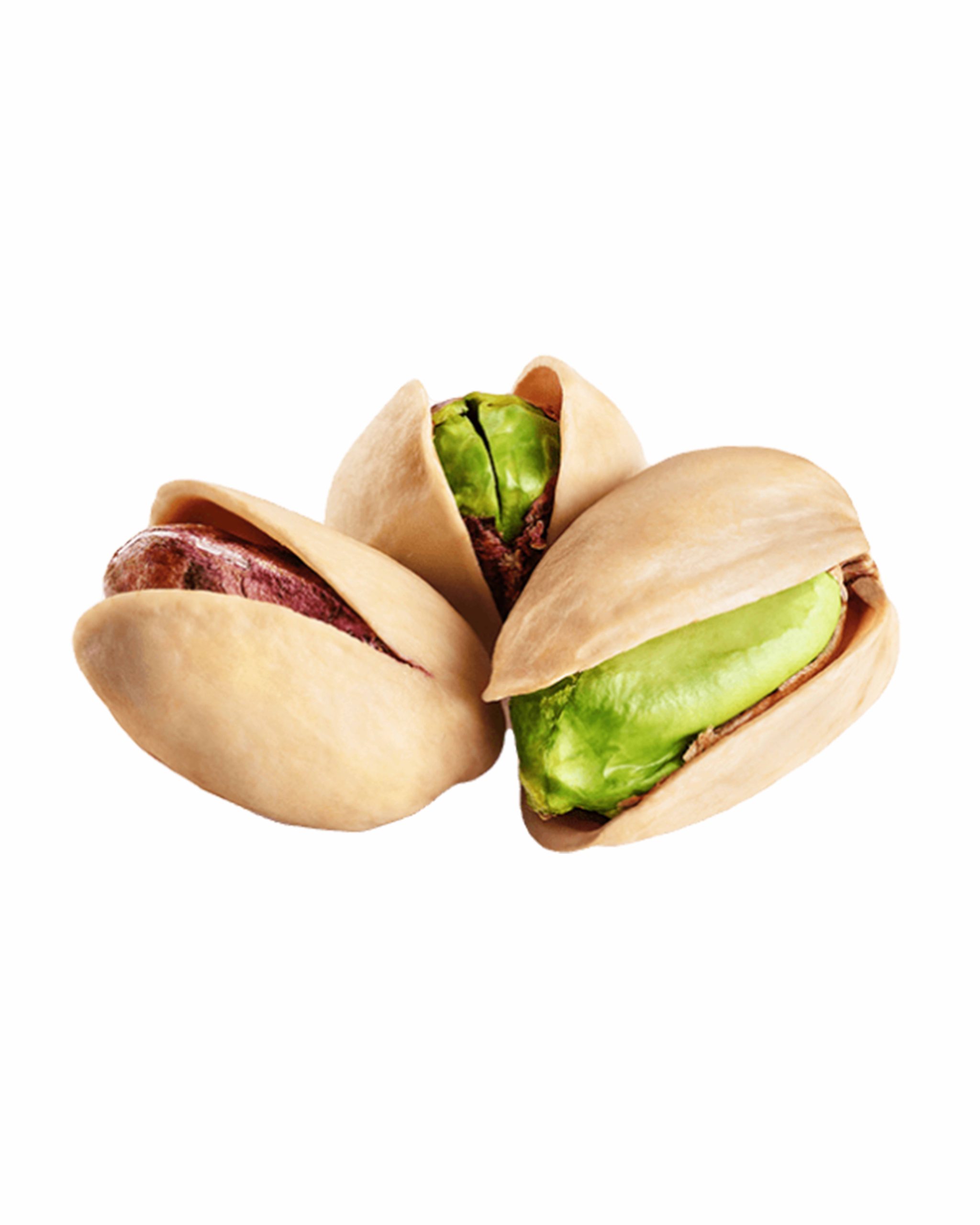Saffron
Aromatic strands of crocus sativus Saffron has been cultivated for more than millenniums in Iran and is the strategic agricultural products of Iran , which more than %90 of world production of this Treasure of Spice, comes from hear every year. Saffron which is also known as Red flower is used as a natural coloring & aromatic in foods, pastries, beverages, pharmaceutical, etc. Medical searches proved that consuming of 3 grams saffron every month is caused refreshing mentally and physically.
SAFFRON AVAILABLE:
Saffron In Cut Filament:
Premium Negin Saffron
Superior Sargol
Saffron In Filament:
Pushali (Mancha)
Dasteh (Bunched)
Saffron Powder
Reference: Saffron (Filaments, Powder)
Customs HTS Code: 0910201000
Botanic Name: Crocus Sativus
Ingredients: Saffron 100% Pure, composed by three carotenoids crocine (colouring agent), pirocrocine (flavour responsible) and Safranal (aroma responsible).
Part of the plant used: stigmas toasted and then ground.
Production: saffron flowers are sterile so they must be propagated by planting bulbs which last producing for 4-5 years. Saffron flowers bloom on October-November every year so they must be hand-picked early in the morning and then placed in baskets.
Then the stigmas are separated and toasted at warm temperature. Once you have saffron filaments they must be ground on smerile miller to get the desired particle size if saffron powder is the product requested.
Category: The most important factors in saffron are Crocin (color), Picrocrocin (flavor) and Safranal (aroma). Higher amount of these compounds in saffron provide higher quality of saffron. The International Organization for Standardization ( ISO) issued a specific standard for saffron based on minimum requirement of each quality, which is called ISO 3632. ISO Certification must be done by a third party. There are two laboratories used for chemical and microbial test required to process the raw material. Saffron in filaments is classified into four categories, on the basis of its floral waste and extraneous matter content. Trade requirements for saffron in filaments or in powder form as given by ISO 3632 are presented as below.
Classification of saffron in filaments
| Characteristic | Categories | |||
| Extra I | II | III | IV | |
| Floral waste % (m/m), max. |
0.5 | 4 | 7 | 10 |
| Extraneous matter % (m/m) max. |
0.1 | 0.5 | 1.0 | 1.0 |
Organoleptic Description: Sour flavour, typical of saffron
Aspect: red fibre corresponding to dried stigmas or red powder when ground
Packaging: plastic containers, glass jars, cans, plastic capsules, blisters.
Solubility: soluble in water when ground, turns it yellow colour
Expiry Date: 4 years from packing date
Net Weight: depending on packaging
Certificate: FDA, ISO3632, HACCP, HALAL, ORGANIC
Conservation: keep at room temperature on a dry place
Processing: according with world ISO3632 standard
Transport: lorry, sea container or airfreight
Country of production: IRAN
Net Weight: 0.5g, 0.75 g, 1g, 2g, 4g, 8g, 10g up to 1 kg packs
Conservation: keep at room temperature on a dry place
Mode of use: grind it with your hands and place it on a glass of hot water to infuse it. Finally, add it to your food preparation at the end of cooking. It is widely used on rice (risotto, paella) soups, fishes, meats, desserts.
Health: natural product free of any artificial ingredients, used since ancient times to remove strong pains, increases appetite and several scientific studies have demonstrated anti tumoral effects on saffron.
NUTRITION FACTS
| Principle | Nutrient Value/100g | Unit |
|---|---|---|
| Energy | 310 Kcal | 3.1 Kcal |
| Carbohydrates | 65.37 g | 0.65 g |
| Protein | 11.43 g | 0.11 g |
| Total Fat | 5.85 g | 0.05 g |
| Cholesterol | 0 | 0 |
| Dietary Fiber | 3.9 g | 0.03 g |
| Sodium | 148 mg | 1.48 g |
| Potassium | 1724 mg | 17.24 |
| Calcium | 111 mg | 1.11 |






Reviews
There are no reviews yet.